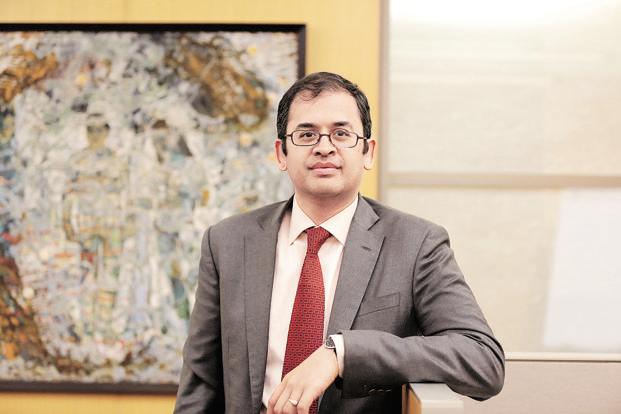
Myntra CEO Ananth Narayanan.
Online fashion retailer Myntra.com said that it generated annualized gross sales of $800 million this month, a 70% jump from last January, as the firm splurged on advertising to promote its end-of-season fashion sale.
Volumes in January were boosted by Myntra’s private brands, increased contribution of international brands such as Marks & Spencer and Forever 21 and strong growth in women’s products, Myntra said in a statement. The company generates a fifth of its business from higher margin private brands such as Roadster, HRX and Dressberry.
“January has been the biggest month ever for Myntra. Our focus for the year will be to attain positive gross profit while maintaining scale during the year,” said Ananth Narayanan, who joined Myntra as chief executive officer in October.
Fashion retail is a highly seasonal business with January comprising single-biggest month for retailers, both online and offline. Stores offer discounts of anywhere between 20% and 70% to lure shoppers as brands liquidate their end of season stock during the month. After January, monthly sales drop back again to more normal levels.
Narayanan said that Myntra’s annualized gross sales will be around $600-650 million by March.
The company has a target of reaching $1 billion in gross sales by March 2017, by which time it also expects to be profitable.
Gross sales exclude discounts and product returns. Net sales tend to be much lower.
For instance, for year ended March 2015, Myntra, which is owned by Flipkart Ltd, reported a net loss of Rs.729.2 crore on net sales of Rs.758.5 crore, according to documents with Registrar of Companies (RoC).
In that month, Myntra’s gross sales were anywhere between $350 million and $400 million.
Myntra, which is looking to cut losses under Narayanan, said it reduced discounts by six percentage points and supply chain cost by five percentage points in the Diwali quarter, compared with the preceding quarter.
In January too while discounts rose compared with December, they were still lower by five percentage points compared with the same month in 2015.
To try and cut discounts, Myntra is aiming to create social networks for fashion enthusiasts, encouraging them to share tips on these websites as well as read articles and see videos.
By getting customers hooked on to its app, Myntra hopes they will be willing to buy more full-price products.
Late last year, the company launched a revamped version of its app to boost customer engagement. The updated app has features such as a fashion feed (similar to that of Facebook Inc.), a forum for users to interact with each other and content on fashion brands.
The online fashion store also said it cut supply chain costs by five percentage points in the Diwali quarter,primarily because of economies of scale and use of technology that helped it predict its delivery routes in a cost-efficient manner.
Myntra shut its website and became an app-only online store in May in attempt to dominate mobile commerce. A majority of online retail, though not nearly all, is expected to happen through smartphones by 2020.
To prepare the organization for this, Myntra became an app-only platform.
Initially, sales dropped for the first two or three months, but Myntra said that its sales growth returned to normalized levels soon after. Analysts are still sceptical of the app-only move, especially as rivals Jabong, Amazon India and Snapdeal are snapping away at Flipkart-Myntra.
[“source-Livemint”]




